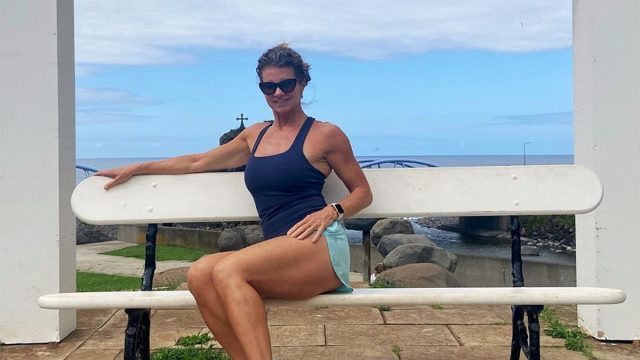I'm 50+ and These 7 Fat-Blasting Habits Keep Me in the Best Shape of My Life
Do you want to blast fat without having to starve yourself or put in hours at the gym? It's possible, but you need to be tactful about it. Rae Bright (@LiveYourselfYoung) is a "50-something who is passionate about living a healthy lifestyle, wellness, and happiness with a passion for helping other women to do the same." In a viral YouTube video, she reveals how she stays in shape in her 50s and keeps fat to a minimum. "In today's video, I'm going to share with you my healthy eating habits, which may help you with your weight loss goals or just start eating in a healthier way," she says.
Diet, Weight Training, and Cardio Are Key
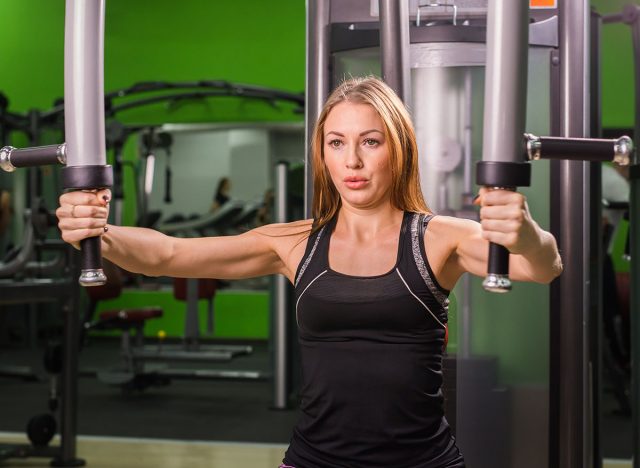
Rae explains that at age 53, she entered her first bodybuilding competition. "The goal of getting ready for a bodybuilding competition is to lose fat whilst maintaining muscle. And there are three tools that a natural athlete like myself has available to do this. One is diet, two is weight training, and three is cardio."
Cardio Doesn't Have to Be Intense
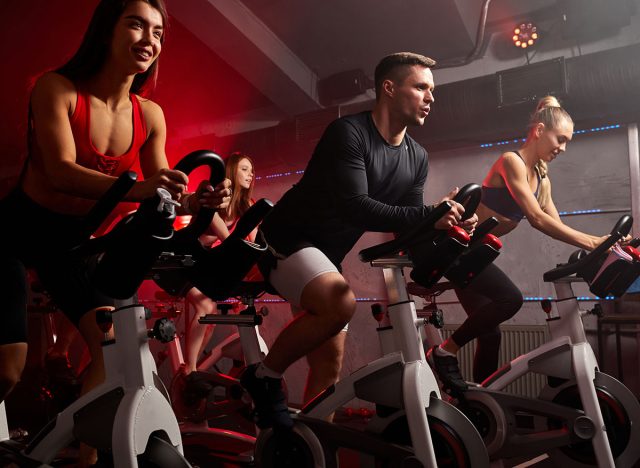
"A lot of people who prep for a show do a lot of cardio, but I didn't. I was very lucky. All I used to do was a fast walk every morning and meet a set step target that I'd set for myself. And that was pretty much it. So I was very lucky. And I think that that's because in my normal everyday life," she says.
RELATED: Over 50? Try These 15 Quick Strength Workouts to Get Results in 45 Days
Bodybuilding Diet Isn't Sustainable

"I eat a very healthy diet. So when I started to cut the calories to get started losing the fat, my body responded really well. I must just say that when you prep for a bodybuilding competition, the goal is to get down to a very low level of body fat, and this isn't sustainable in normal life," Rae explains. "So when I finished competing last year, I had to build my calories back up so that I could start eating a normal healthy diet again."
Tip 1: Intermittent Fasting
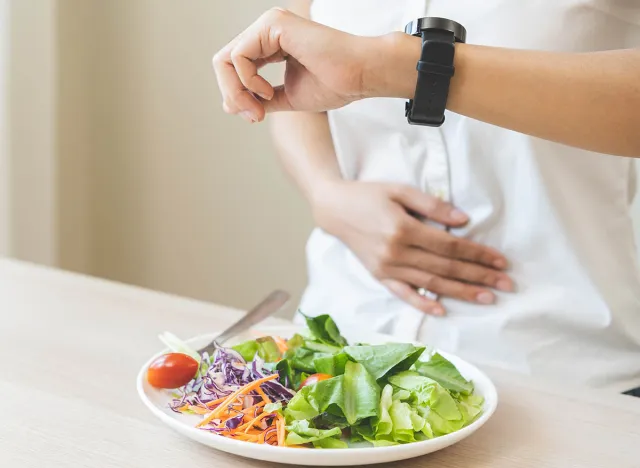
Rae's tips are for anyone, "whether you want to lose weight or just start eating in a more healthy way," she says, starting with tip one: Intermittent fasting. "Intermittent fasting is basically splitting your day or week into fasting periods and eating periods. And intermittent fasting has so many health benefits as well as helping with weight loss," she says, noting that "studies have shown that this does help to extend your lifespan. So it is another way to live yourself young."
She Follows the 16-8 Method
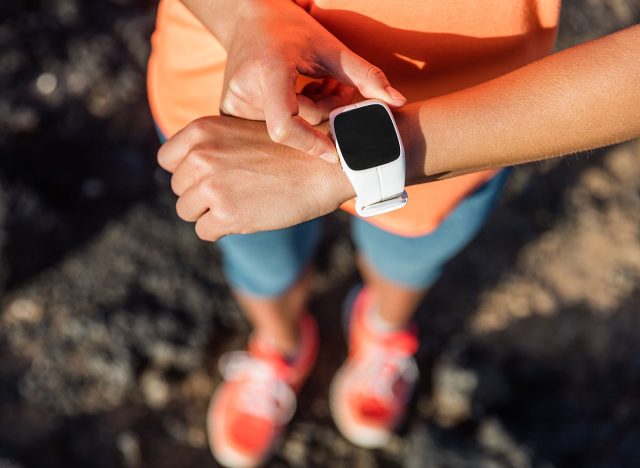
"I follow the 16-8 method, which means I fast for 16 hours a day, and I then have an eight-hour eating window. So I start eating at 12:00 lunchtime, and then my eating window closes at 8:00 at night, which means that I'm actually asleep for eight hours of my fasting window," she says.
She Drinks Water in the Morning
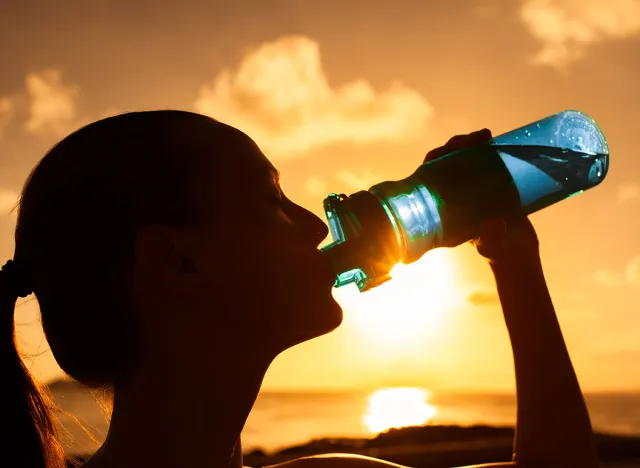
"I actually find it really easy. I don't feel hungry during the morning. I get up, I have my glass of water, and I'm actually fine. And I do find a really easy habit to keep to," Rae says.
You Can Start by Trying the 12-12 Method
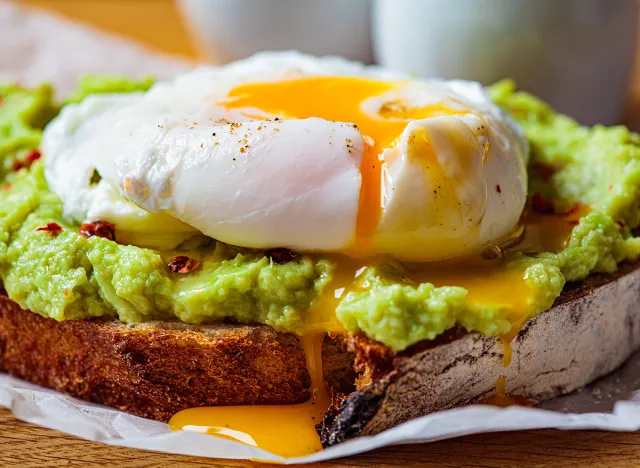
However, if that seems too overwhelming, "what you could do is try the 12-12 method. So you could start eating at 7:30 in the morning and then have your eating window finish at 7:30 at night. And that actually, I think, is quite an easy way to do intermittent fasting 'cause you are asleep for most of it," she says.
RELATED: Lose Abdominal Fat in 100 Days with the MIND Diet
Avoid Evening Binges

What is the most important part of intermittent fasting? "You just have to avoid those evening binges, which I know can be quite difficult to stop doing. But that would really help with weight loss," she says.
Tip 2: Drink Lots of Water
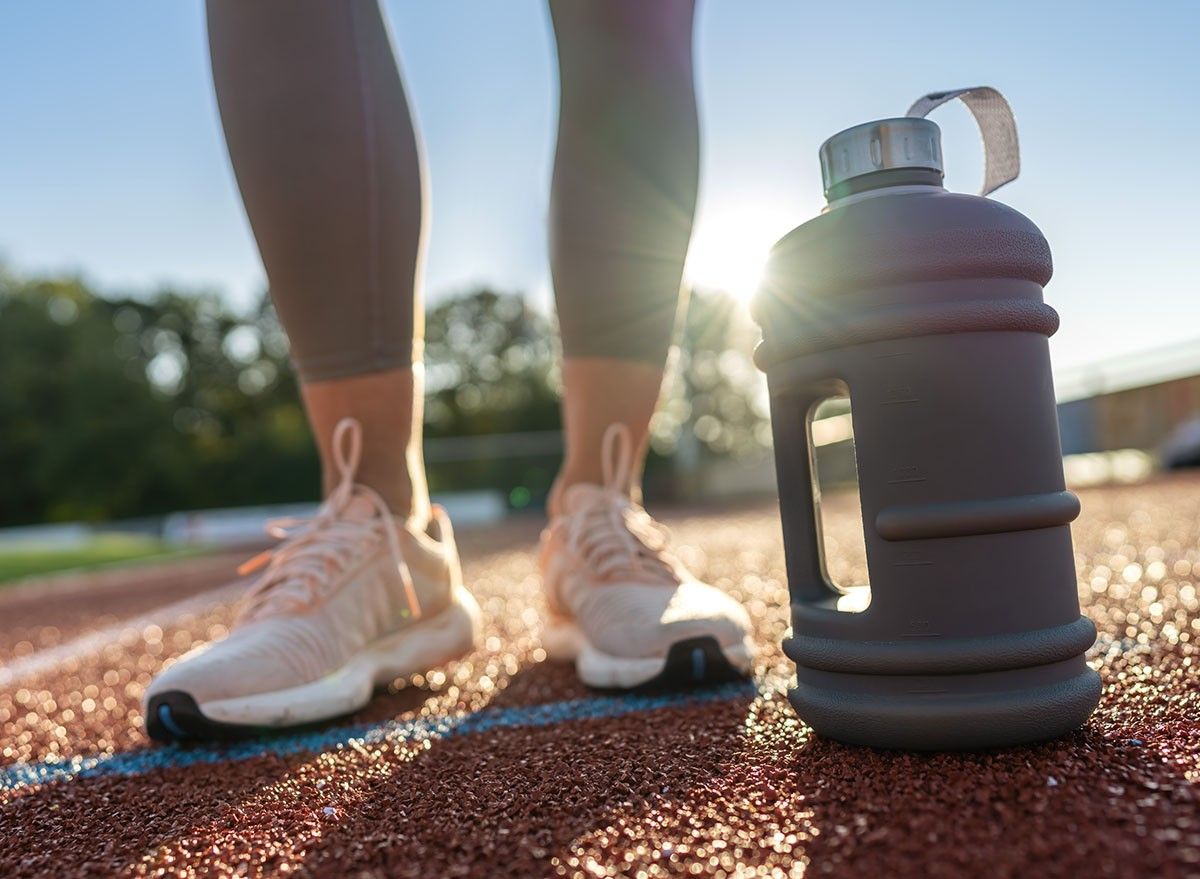
Tip number two is to drink lots of water. "I drink about eight to 10 pints of water a day, and as well as that, I drink green tea and black coffee. I know there are different guidelines as to how much water is recommended that you should drink, but I think it's a bit of an individual choice. You need to experiment and see what works for you," she says.
She Drinks a Pint of Warm Water in the Morning
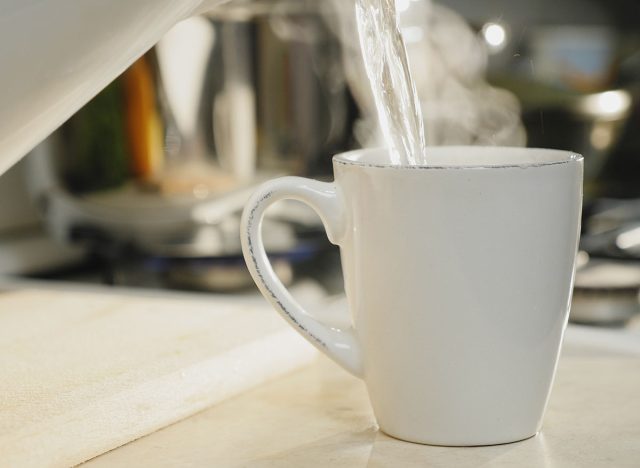
"I always start every day with a pint of warm water. Another really good tip for weight loss is that water does fill you up. So before you have anything to eat, have a glass of water before I have any of my meals. I always drink a pint of warm water, and it's a really good tool to use if you're trying to lose weight," she says.
She Also Drinks Water with Coffee

"The other time I make sure I have water is every time I have a cup of coffee because coffee does dehydrate you," Rae adds. "I always rehydrate my body with a glass of water after I've had a cup of coffee." If you are hungry, you should "have a drink of water first, because actually maybe it's your body telling you that you're thirsty, you might not actually be hungry."
Tip 3: Reduce Processed Foods
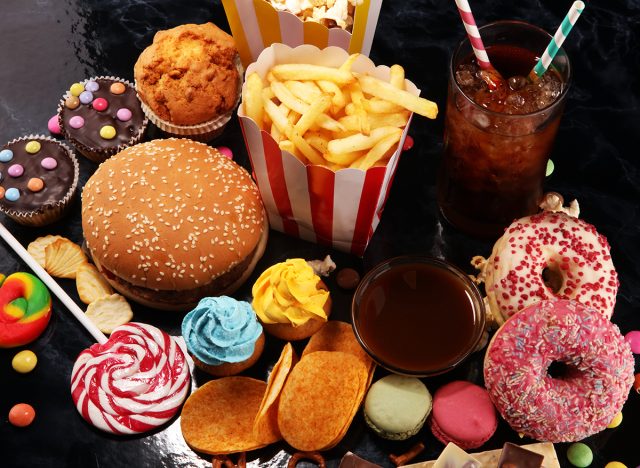
Tip number three? "Reduce the amount of highly processed foods that you eat. I say highly processed foods. I'm talking about foods that the manufacturers have added a lot of sugar, fat, white flour," she says, noting that "highly processed foods are very addictive" and that "once you start eating those foods, they don't necessarily satisfy you. You don't feel satisfied after eating." She suggests replacing them with whole foods, "then you're giving your body the nutrients that it really needs."
Tip 4: Record Everything You Eat and Drink
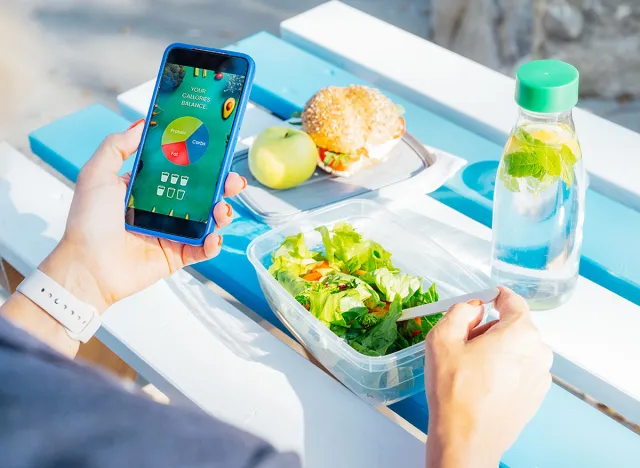
Tip number four is to record everything that you eat and drink. "It has so many benefits. It makes you very food aware because you're recording everything, and you have to record everything even when you're nibbling on things, maybe when you're prepping meals," Rae says. "When I prepare my dinner, I often snack on the vegetables that I am using in my dinner, like the mushrooms and tomatoes. And that's okay because they aren't highly calorific. But if you're preparing food with, say, cheese in, that's really high in calories. So if you start snacking on that while you're preparing dinner, then that's going to boost your calorie intake."
Use an App
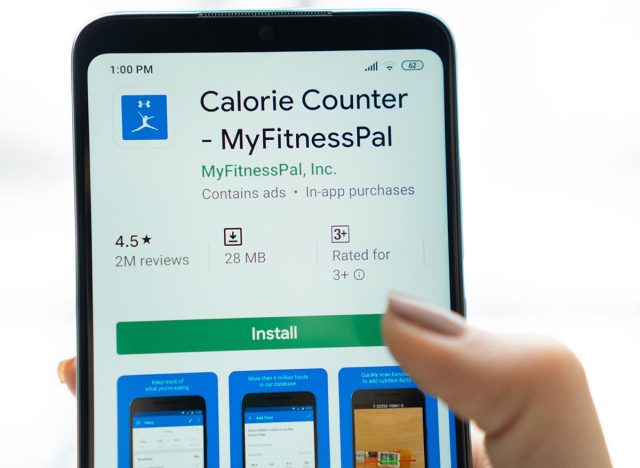
Rae uses the MyFitnessPal app. "When you do make entries in the app, you must make sure they're correct. I remember when I first started using MyFitnessPal, I would log what I was eating, and I suddenly realized that the entries were incorrect. So I thought I was eating a certain amount of calories, and then it was actually wrong. So you must make sure that those are right, and you must log everything."
RELATED: I Lost 90 Pounds in 2 Years by Running and These Major Changes
Track Macros, Calories, Protein, Fat, and Carbohydrates
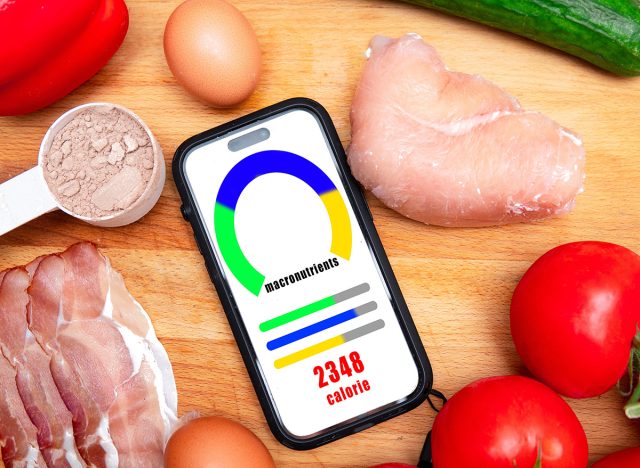
She also tracks "macros as well as my calories, so my protein, fat and carbohydrates," she admits. "I found that very useful for the bodybuilding competition. I still do that now because I like to know what I'm eating."
Tip 5: Get Enough Protein
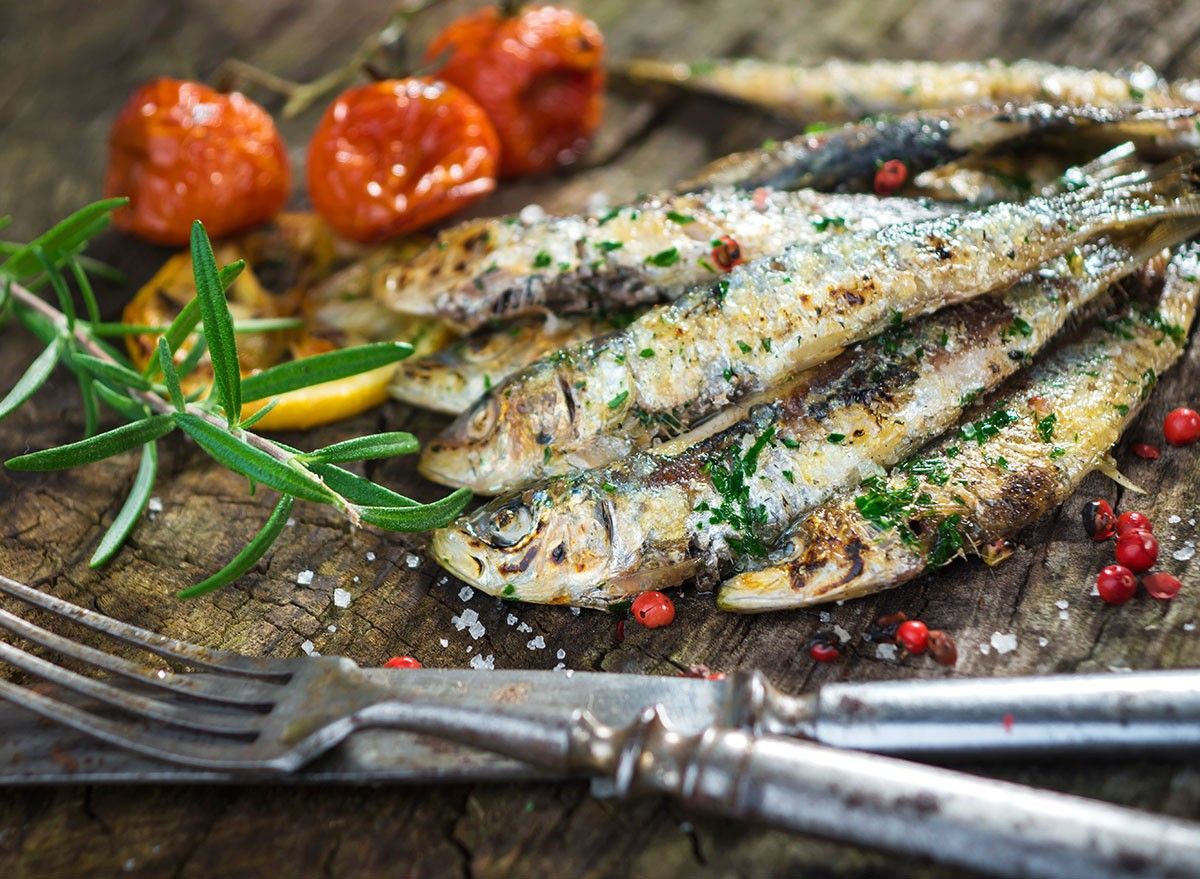
Tip number five is to get enough protein. "Protein is one of the best macronutrients that your body needs. It's really good for weight loss because it actually does fill you up and it reduces your appetite. So by making sure you're getting enough protein, it is gonna be a really good weight loss tool," Rae explains.
This Can Be Plant Protein
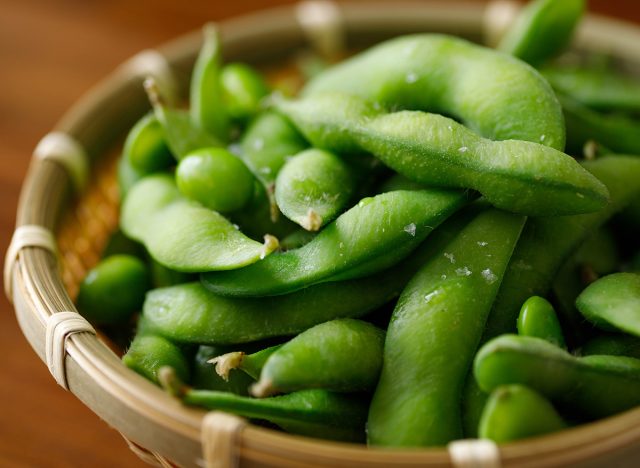
You don't have to eat animal proteins. "I eat a plant-based diet, and there's so many protein options to choose from on a plant-based diet, and they're really tasty as well. So have a look into those too," she says.
Tip 6: Don't Keep Trigger Foods in the House
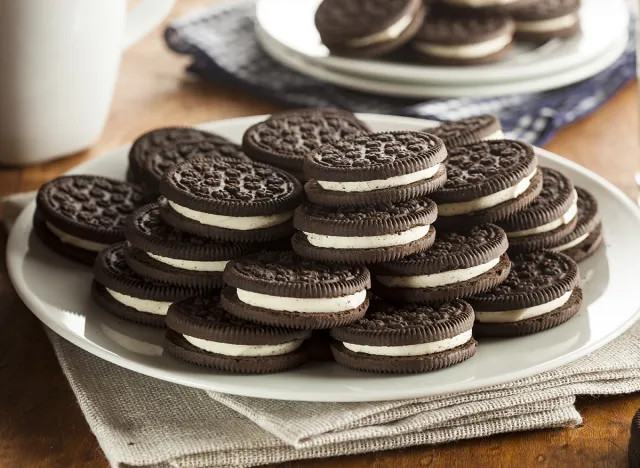
"Tip number six is to try not to have any trigger foods in the house," says Rae. "So I'm very lucky because I live with my husband, who eats a very healthy diet just like I do. So he doesn't want to have food in the house that I would find difficult not to eat that I would find addictive, like biscuits, cakes, chocolate."
If You Want a Treat, Walk to Get One

This doesn't mean you can't have treats. "If you want to treat, go out for a walk and walk to the shop and buy one of the treats that you want and then come home and sit down and eat it quietly."
RELATED: My 20 Secrets to Be the Best Shape of My Life at 50
Tip 7: Eat Quietly
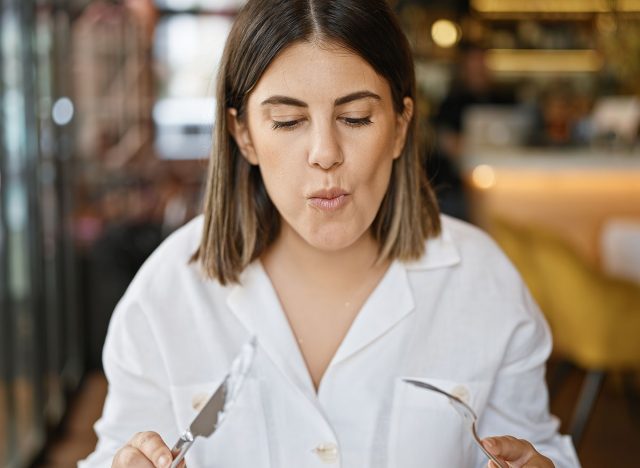
An extra bonus tip? "When I was prepping for my show, and I was on low calories, I would always sit quietly to eat my meals, and I just really could enjoy the food there and eat it slowly and really savor every food that I had." And if you enjoyed this article, don't miss 12-3-30 Walking Method: 20 Proven Tips to Lose Weight Faster.
